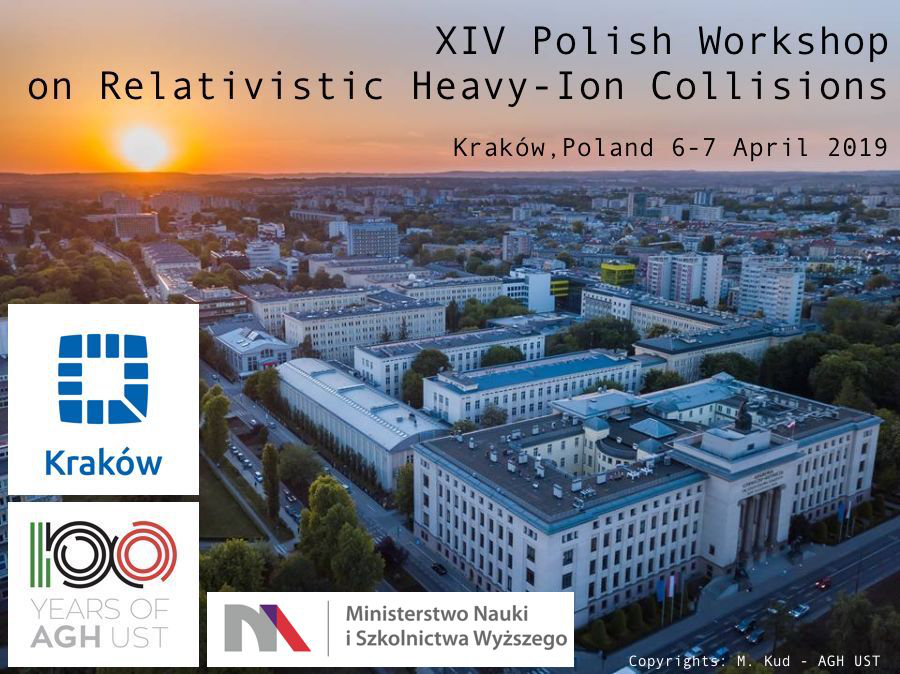Speaker
Description
So far light-by-light scattering ($\gamma\gamma \to \gamma\gamma$) was not accessible for experiments because the corresponding cross section is rather low. Measurements of diphotons in ultra-peripheral collisions (UPCs) of lead-lead have been reported recently by the ATLAS [1] and CMS Collaborations [2]. Our theoretical results based on equivalent photon approximation in the impact parameter space [3] are in good agreement with the current data [1, 2].
We will discuss how to extend such studies to lower $\gamma\gamma$ energies where photoproduction of pseudoscalar and scalar resonances contribute to the two-photon final state. In addition, we consider the dominant background that arises from γγ fusion into pairs of neutral pions [4]. Such $\pi^0$-pairs contribute to the background when only two of the four decay photons are within the experimental acceptance, the other two photons escape undetected. We will discuss in detail how to reduce the unwanted background.
We will present differential distributions and total cross section in ultra-peripheral Pb-Pb collisions at $\sqrt{s_{NN}}=5.05$ and 5.52 TeV [5,6] and cross section for Ar-Ar collisions at the energy equal to 6.3 TeV [7]. Results for ALICE and LHCb acceptance will be presented.
[1] ATLAS Collaboration, Nature Phys. 13 (2017) 852,
[2] CMS Collaboration, arXiv:1810.04602,
[3] M. Kłusek-Gawenda, P. Lebiedowicz, A. Szczurek, Phys.Rev.C93 (2016) 044907,
[4] M. Kłusek-Gawenda, A. Szczurek, Phys.Rev.C87 (2013) 054908,
[5] M. Kłusek-Gawenda, R. McNulty, R. Schicker, A. Szczurek, in preparation,
[6] M. Kłusek-Gawenda, EPJ Web Conf. 199 (2019) 05004,
[7] Z. Citron et al., arXiv:1812.06772.
